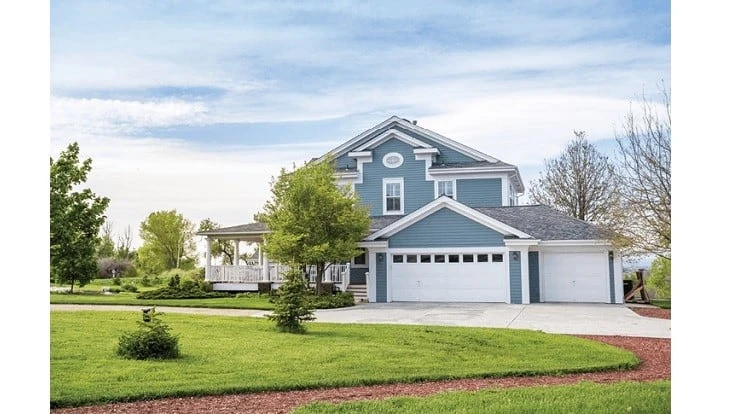

For more than 15 years, the spring rush was driven by an antiquated sales process at my company, Callahan’s Lawn Care and Property Maintenance; one that required human horsepower every step of the way, from answering the phones to hand-delivering estimates to customers’ doors. It took a lot of time and energy to close a sale, and if we didn’t move fast enough, the prospective clients continued shopping around for service.
It wasn’t until we began using automations that we really started to grow our bottom-line profits by removing the friction from the sales process. Ultimately, taking the following three steps allowed us to sell less and grow faster:
- Step 1: Simplify your core product offerings.
- Step 2: Win their trust and upsell services.
- Step 3: Dominate the neighborhoods where clients reside.
Simplify.
Simplifying our core product offerings meant identifying our gateway services. These gateway services can be defined as two or three core offerings that anyone in your office, or even a virtual assistant, can sell over the phone. At Callahan’s, these gateway services included lawn mowing and fertilization/weed control. These services became the foundational pillars that allowed Callahan’s the ability to quickly turn estimates around and sell work live over the phone. These services were key as they are easily priced by measuring the potential client’s property online via satellite imagery.
Once gateway services are identified, it becomes critical to create a pricing matrix. This will take some time to calculate up front but the payoff is undeniable. The matrix should contain a base price that denotes your minimum threshold. For example, imagine a fertilization price matrix. You might start with 0 - 3,000 sq/ft of turf for a base price of $55 and add $5.50 for every additional 1,000 sq/ft of turf. This standardization of pricing allowed us to create quick quotes that could be sold over the phone.
Upsell.
Once trust is established through sales and provision of initial services, it is time to upsell additional services with higher profit margins (i.e., aeration and overseeding) which in some cases doubles the lifetime value of the client. Following initial service at a new client’s home, a field manager would perform a quality control check with the main intention of gathering all data we would need to provide any additional estimate for a later service. This included recording information in our CRM regarding shrubs, square footage of landscape beds, ornamental trees and grasses and any other pertinent information about the property that might help us with estimating for additional services in the future. Once this information was collected in our CRM, we were able to enter clients into a monthly upsell process with property-specific pricing. We approached the upsell from and educational standpoint. We educated the client regarding what steps they should be taking to upkeep their yard or landscape one month in advance of the need for the work. Included with the educational materials was a soft offer to help if they needed it.
Dominate the Neighborhood.
The final step is to replicate this process in the neighborhoods where you win work. We focused on the immediate geographic areas around our newly realized clients.
Every time we landed a new client, our office waited one week before sending out a series of mailers to the surrounding homes to entice the neighbors to sign up for one of our gateway services. Each time we landed a client, we would follow the above process of a quality control visit and soft upselling. This system allowed us to build route density, minimize drive time and maximize profits.
Pushing Limits with Automations.
The critical component that kicked Callahan’s into overdrive was automations. A couple of years ago, we began utilizing an automated Facebook messenger bot to sell gateway services. Clients enter property information, and, in turn, the bot provides live property-specific pricing and estimates for immediate approval by the prospective client.
We also began using automated reminders to assign the 30-day quality control and data collection visits. Finally, we began using third party software to drop geo pins near new client properties in essence collecting the addresses of the nine closest neighbors to the new client. The software then automatically sends mailers alerting neighbors to our services.
Standardizing this process allowed me, as the business owner, to work on the business, not in the business day-to-day. The sales machine continued without my involvement every step of the way. The system created consistent growth and boosted bottom line profits by raising our existing clients’ lifetime values. As crazy as it may seem, selling less truly helped us grow faster.

Explore the February 2020 Issue
Check out more from this issue and find your next story to read.
Latest from Lawn & Landscape
- PERC helps debut propane direct-injection fuel system at ACT Expo 2025
- Retargeting Ads – A Secret Weapon for Growing Your Lawn Care Business
- Leading a growing company
- Project EverGreen launches Clean Air Calculator
- Rain Bird acquires smart lawn care company OtO from Toronto
- PBI-Gordon names Marvin as VP of research and development
- Mean Green rolls out Vanquish Autonomous mower
- Focal Pointe launches new podcast series





